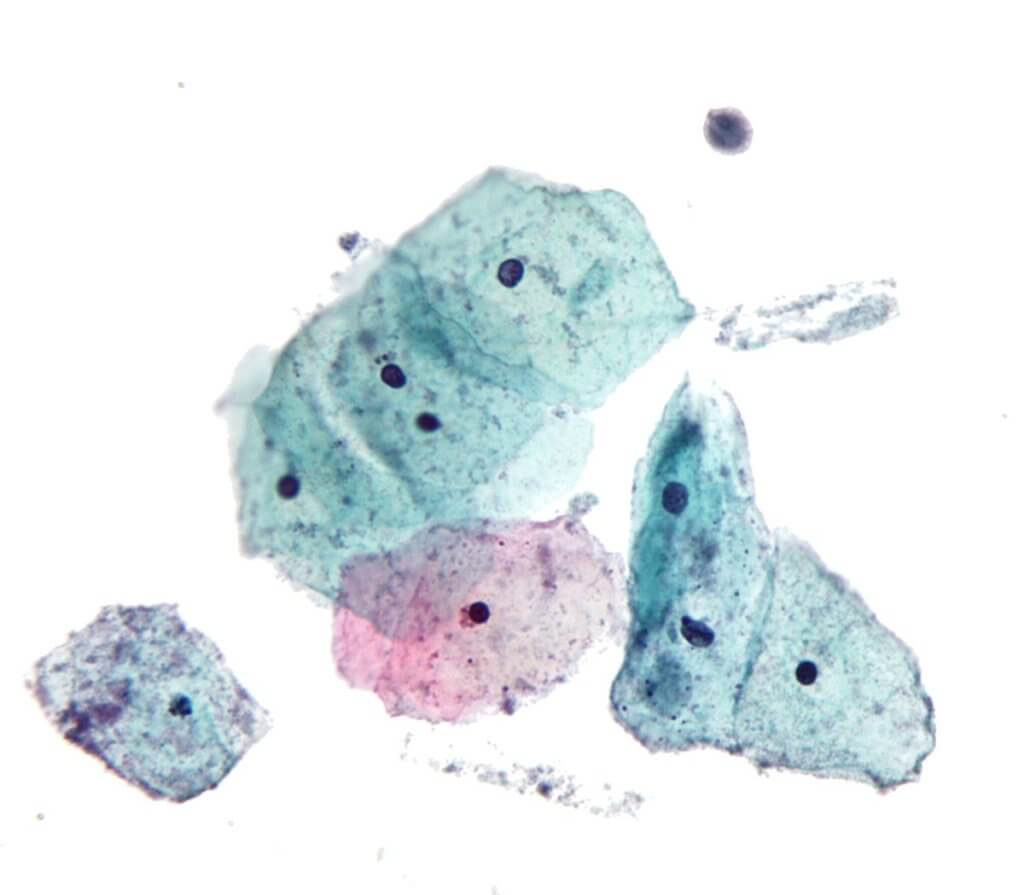Trichomoniasis (“trich”) is a sexually transmitted infection (STI) caused by the one-celled protozoan organism Trichomonas vaginalis. This tiny parasite sets up shop in the vagina, vulva, cervix, or urethra. In men, it usually only settles in the urethra of the penis, but may occasionally spread to the prostate.
Trich is the most common curable STD in the United States.
However, about 7 out of 10 people with Trich have no signs of the infection at all. When the infection is in a penis, it’s very unlikely to cause symptoms. Sometimes the symptoms of trich are so mild that you don’t even notice them, or you think it’s a different infection (like a yeast infection or a UTI).
The only way to find out for sure if you have Trich is to Get Tested.
What are the Symptoms of Trich?
Trich is not usually a serious infection, and 85% of people report not having any symptoms. Some people with symptoms get them within 5 to 28 days after being infected.
Men with trichomoniasis may notice:
- Itching or irritation inside the penis.
- Burning after urination or ejaculation.
- Discharge from the penis.
Women with trichomoniasis may notice:
- Itching, burning, redness or soreness of the genitals.
- Discomfort with urination.
- A change in their vaginal discharge (i.e., thin discharge or increased volume) that can be clear, white, yellowish, or greenish with an unusual fishy smell.
Having trichomoniasis can make it feel unpleasant to pee or have sex. Without treatment, the infection can last for months or even years.
A person of any age, sex, race, or sexual orientation can get infected with Trich.
- Having Unprotected Vaginal, Anal, or Oral Sex with someone who has Trich is the primary way the disease spreads.
- Your partner does not have to ejaculate to transmit the disease.
- Genital touching if you have infected fluids on your hand can also spread Trich.
- Rarely, a mother can give trich to her baby during childbirth.
Herpes is transmitted via infected bodily fluids coming into contact with genitals. Many times, a person who doesn’t know they are infected is responsible for infecting others.
Correct use of a condom will reduce the risk of contacting trich, but it won’t eliminate it.
The surest way to avoid transmission of genital herpes is to abstain from sexual contact, or to be in a long-term mutually monogamous relationship with a partner who has been tested and is known to be uninfected.
Trich can make it much easier to become infected with the HIV Virus, or other STDs. The inflamed areas that Trich produces as your body tries to fight the infection make it easier for HIV to pass through the skin barrier and into your body.
If you’re pregnant, trich may lead to a premature birth. Your baby may also have a low birth weight, which can raise the chances that your baby will have other kinds of health or developmental problems.
It doesn’t happen often, but your baby may also get trich during childbirth. You can get treated for trich while pregnant, so schedule a test today.
Yes! Trich can usually be cured with a single pill, and even pregnant women can be treated. The symptoms in infected men may disappear within a few weeks without treatment. However, an infected man, even a man who has never had symptoms or whose symptoms have stopped, can continue to infect or re-infect a female partner until he has been properly treated.
Therefore, both partners should be treated at the same time to eliminate the parasite. Persons being treated for trichomonas should avoid sexual contact until they and their partner(s) complete treatment and have no sypmtoms.
Having trichomonas once does not prevent a person from getting it again.
Trichomonas Test
$149.00Add to cart
The Nucleic Acid Amplification Test (NAAT) is a simple urine test used to detect the parasite.
First morning urine is recomended for this test, but the specimen is acceptable if the patient has not urinated for at least 1 1/2 hours before it is collected.
It is very important that the first part of the urine stream is collected.





